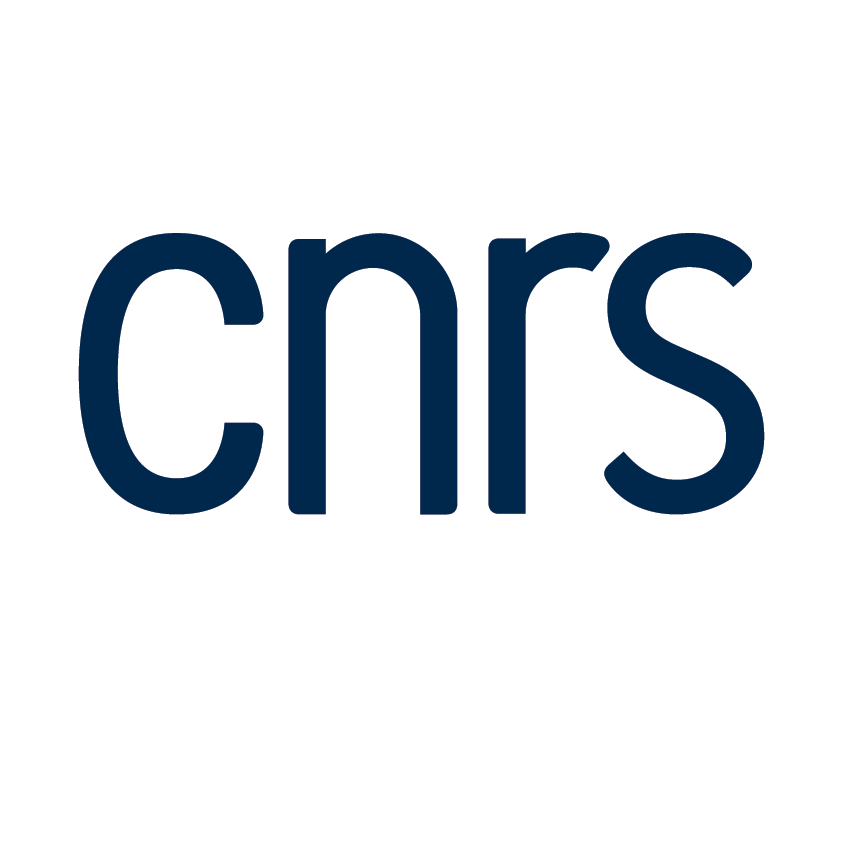Retour
Séminaire de Calcul Scientifique et Modélisation
[Séminaire CSM] Towards the treatment of atrial arrhythmias with personalised computer models
Cesare Corrado
( KCLondon )Salle 2
le 07 février 2019 à 14:00
Atrial fibrillation (AF) is the most common arrhythmia affecting more than 1.1M in the UK and is associated with an increased incidence of cardiovascular disease, stroke and premature death. AF is a characterised by rapid and chaotic activation of the upper two chambers of the heart. Radiofrequency catheter ablation of the pulmonary veins is a routinely applied therapy to treat drug-refractory patients. However, its effectiveness is moderate (only 50-75% long-term maintenance of the sinus rhythm) and many patients require multiple procedures to achieve sinus rhythm, with a consequent increased risk for the patient and cost of care. Local tissue properties and a heterogeneous tissue substrate have been proposed to play a role in the induction and maintenance of AF. However, quantifying these tissue properties and predicting their effect of patient pathophysiology remain a challenge. Computational models encode known physics and physiology to provide a common framework for interpreting multi-modality clinical data, can identify fundamental mechanisms responsible for arrhythmias and have the potential to enable predictions of the patient response to treatment. Build personalised computational models of the left atrium, simulating the therapy outcome in a clinical time scale and quantify the level of uncertainty remains an open challenge. In this presentation, I introduce a robust and clinically tractable method to quantify local tissue properties and a workflow for personalising the anatomical, cellular and tissue properties of the atria from clinical imaging and diagnostic measurements to create personalised and validated models for analysing patient data and predicting the outcome of treatments. I will then introduce the sources of uncertainty and propose some methods to its quantification.




